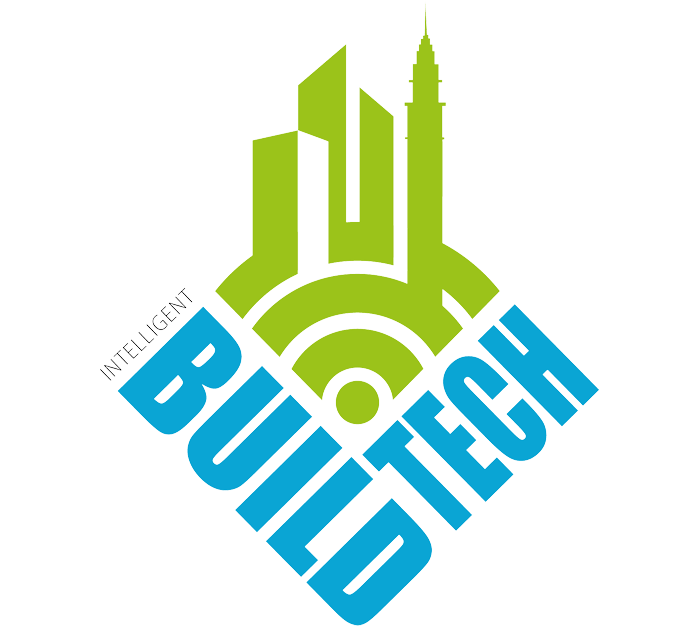Building owners and operators are unknowingly sitting on valuable assets that could unlock significant energy, carbon and cost savings, according to experts across the built environment sector.
IES’s whitepaper advocates reviving 3D design, energy compliance or BIM models to create Performance Digital Twins. These twins merge initial models with real building data, offering insights for facilities managers to refine energy efficiency and reduce costs. Surveys reveal widespread recognition of benefits; 64% of building owners, occupiers, and managers acknowledge the value of energy models for efficient ongoing maintenance, while 66% cite their main benefit as supporting net zero goals.
Despite this, barriers persist, with 66% of respondents identifying cost as the biggest hurdle to using energy models in operation. Additionally, over half (54%) feel there’s a lack of required skills for model usage. Access to existing models is also limited, with only 23% of architects, engineers, and contractors currently handing over models upon a building’s completion.
Performance Digital Twins, linked to live operational data, offer continuous monitoring and support certifications like NABERS and BREEAM. They are vital tools in meeting climate targets and ESG reporting requirements while enhancing building performance and occupant comfort. Pre-emptive testing of retrofit options using these twins mitigates investment risks, ensuring the adoption of the most effective measures. Moreover, by utilising them in operation, facilities managers can balance energy use and occupant comfort, identifying efficiencies without compromising user experience.
Don McLean, CEO at IES, said: “Building owners spend money getting digital models developed as part of contracting a building design but when it’s complete these are often shelved and left dormant. Optimising the model to be used in the building’s operational stages means that a building owner is maximising its value to identify where improvements can be made to futureproof the building, drive down costs and meet net zero goals.”




